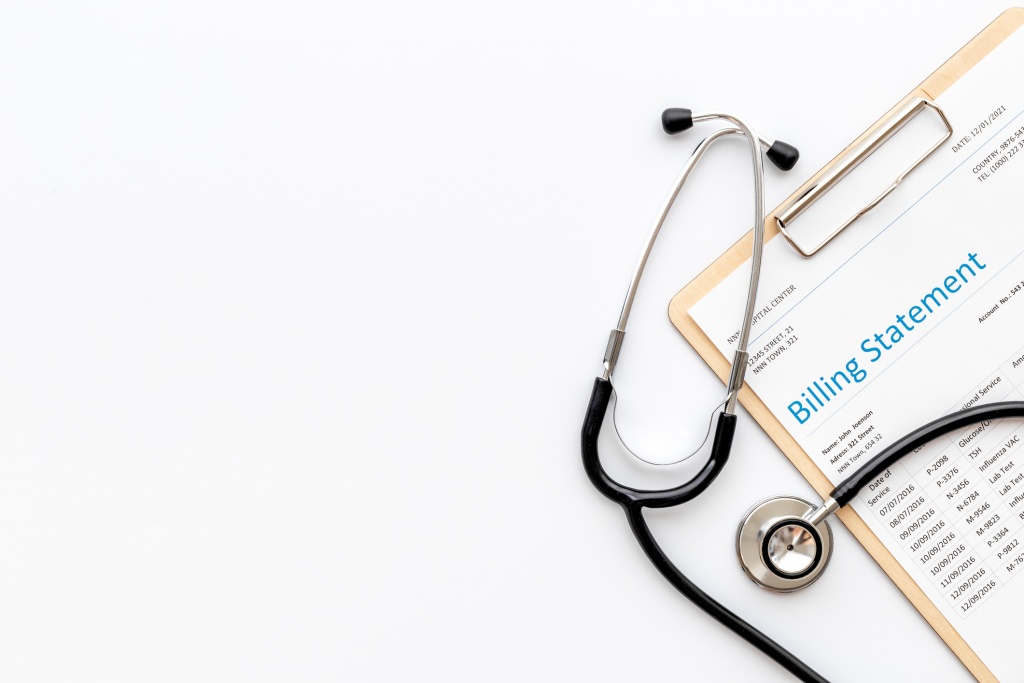Bill collecting tips for your independent primary care practice

The challenge of collecting payments for your independent primary care practice has become a little more pronounced during the COVID-19 pandemic. You may have patients who have been out of work, or you may have expanded telehealth services that are confusing in terms of their costs. Here are some effective and tactful bill collecting tips for your independent primary care practice that will benefit you now and into the future.
Ensure that patients understand what is expected. Whether a visit to the practice office or a telehealth visit, your patients need clear information about costs they may owe for the healthcare you and your team provide them. A written policy that patients sign should be augmented by a staff member having a conversation with the patient regarding insurance payments and the patient’s potential financial responsibility.
Fully explain why telehealth charges may be the same as an office visit. As the pandemic continues, third-party payers are recognizing the value of remote healthcare and including codes for reimbursement for these services. However, the patient should clearly understand that there still may be a copay due, just as would be the case for an office visit.
Establish a policy about upfront payments and communicate that policy to the patient. Many independent practices have been hesitant about asking for payment at the time of the appointment during the pandemic, given that many people have experienced financial hardships. However, at the very least an insurance copay should be collected when the patient arrives at the practice office for an appointment. Additional payments may be due as well, depending on the patient’s insurance.
Consider a discount for full payment. If a patient does not have insurance that covers the visit, or has a large deductible, you could consider a discount for full payment at the time of the appointment. This would require calculating the costs of the total visit while the patient is still in the office, which might be challenging for your staff, but would be an effective bill collecting method for your practice.
Make payments easy for the patient. Offer an online option to increase the probability that a patient will pay the bill as soon as it is calculated. In fact, alerting the patient that the bill is available for payment via an email or text message will encourage the patient to visit their portal to review and pay the bill. Paper bills are more likely to get lost and less likely to be paid immediately without a convenient option for doing so. You will need to have the patient opt in to email or text notifications, giving you permission to contact them about their bill.
Offer payment options. During the pandemic, patients may still be struggling with a financial situation even as they continue to need quality healthcare. Encourage them to visit your office for their necessary care, even during tough financial times, and to pay their bill promptly by offering them a payment plan that would fit into a tight budget. A plan that splits their bill into three or four monthly payments will be easier for them to handle and will increase your bill collecting effectiveness.
Train staff to handle bill collecting with empathy and sensitivity. Most of your patients are probably not intentionally avoiding paying their bill for your healthcare services. They may struggle financially and may even be embarrassed by their situation. While putting these bill collecting tips for your independent practice into action, be sure that your administrative staff understands your payment policies as well as how to communicate effectively with your patients, maintaining a positive patient relationship, especially during this challenging time.
